How to Choose the Right Packaging for Your Product
Product packaging provides numerous benefits for brands. While its main purpose is to protect the product during transport, packaging can also be used as a marketing tool to further promote your brand and be uniquely selected to answer consumer demands. Ultimately consumers are not only buying your product, but the whole package. However, not every packaging material is suitable for every known product in the world. Selecting the best packaging can create a pleasing experience for the customer who can become a loyal buyer and even a promoter to help boost your brand.
With seemingly infinite options for packaging, an immediate concern may be how to find the right packaging for your product. Here at Paramount Global, over the years we have partnered with brands across a spectrum of industries to provide the packaging brands need to protect their product and achieve their packaging goals such as converting to eco-friendly packaging options. Packaging is vital for building a successful product. The following outlines factors to consider when searching for the right packaging for your product.
Transportation Requirements
Your product may have special requirements and considerations that impact the type of packaging that should be used for shipping. You may have fragile glass items, refrigerated food products, or hazardous chemicals where the packaging must maintain its integrity to protect the product while preventing the internal product from becoming a safety risk to consumers or the environment.
Local, national, and international regulatory organizations may also require a specific type of packaging for products. The more hazardous the product, the stricter the regulations are imposed on the packaging. For example, any products identified as hazardous by the U.S. Department of Transportation must be packaged in a UN rated container especially if the shipment will be by air. There are standard UN rated containers commonly available since they are used in a variety of industries such as chemicals and coatings. However, for unique products that need a custom packaging solution, rigorous tests must be performed on the packaging system for it to be certified as UN rated and safe for shipping.
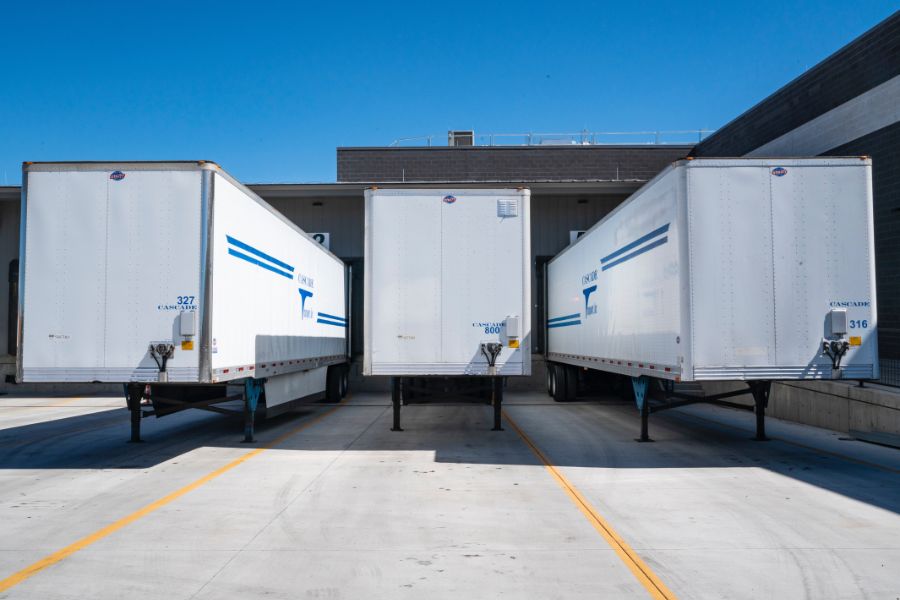
The type of product that is shipped will often dictate many factors that are required with the packaging. Selecting the correct materials for their durability while also ensuring that the packaging does not cause detrimental impacts to the products during transportation are vital factors to consider.
Product Shelf Life
Another consideration is what the packaging will do once it arrives at its destination. Will the product, such as a lotion or food seasoning, be sitting on a shelf as a consumer will only use a little bit of the product at a time over several weeks to several months?
In these circumstances, you want to consider packaging that can last as long as the product. The packaging may need to be strong and durable enough where there will be little deterioration or degradation caused by the product itself or the environment. The packaging should also help preserve the product during its entire shelf life without the need to switch the product over to new packaging.
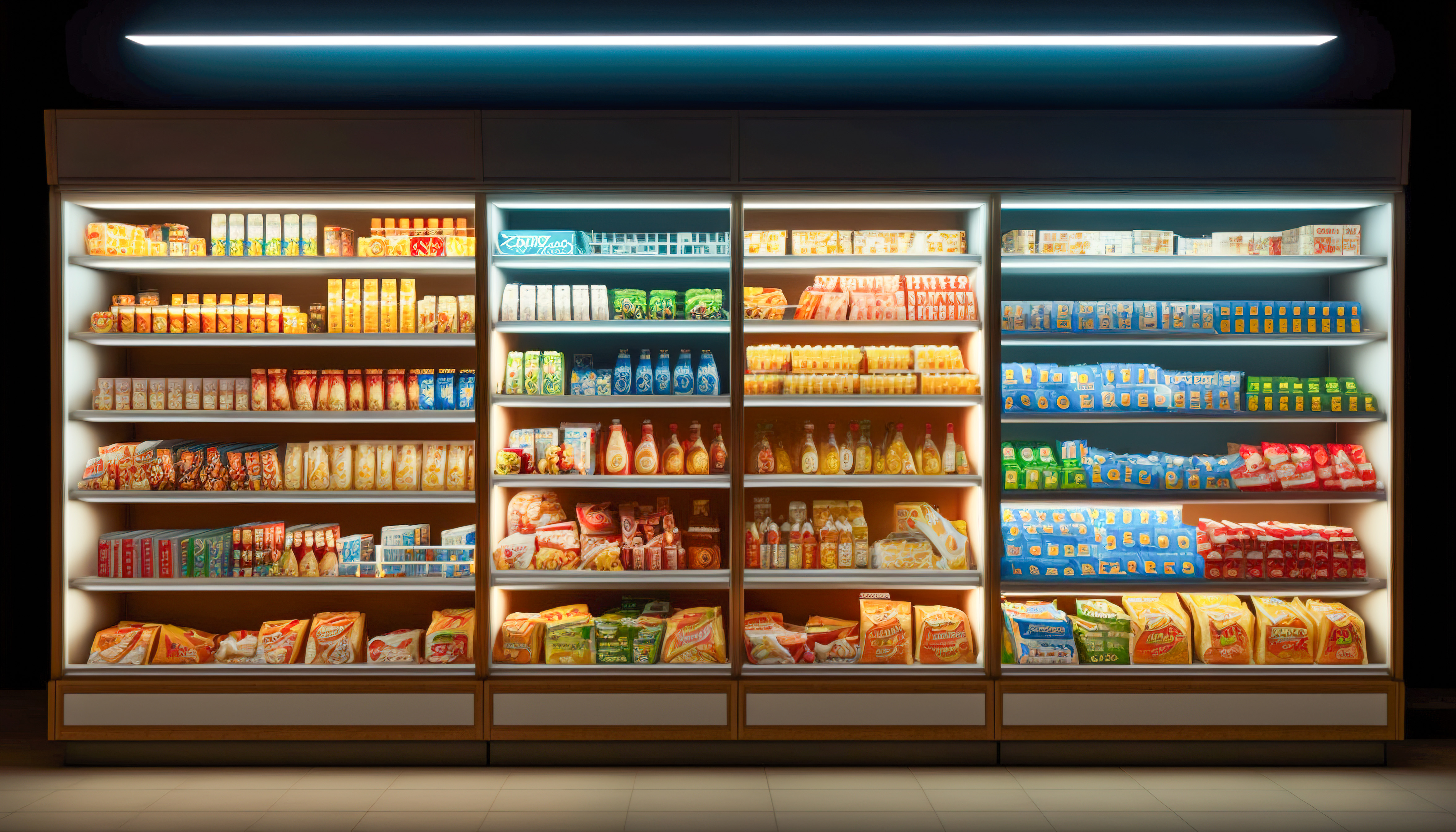
A product’s shelf life is dependent on its formulation. Oxygen or moisture can quickly shorten the shelf life of a product if not properly sealed. For example, many sauces for meals are packaged in airtight glass containers, like glass sauce bottles, to ensure freshness. The glass will not deteriorate, preserving sauce for long periods on the shelf until it is used.
Shape and Size
The shape and size of the product will dictate the allowable designs of the packaging. Items that have multiple points may tear through packaging that is flimsy and weak. Choosing the right product packaging for this situation needs to be based on the properties of the packaging and how it will preserve the integrity of your item.
You want packaging that can withstand shocks and vibrations that may damage the packaged product during transport. The material should also be puncture-proof to prevent leaking. In other instances, you may have to stabilize the item in the packaging by using additional filler material, such as molded Styrofoam or packing paper.
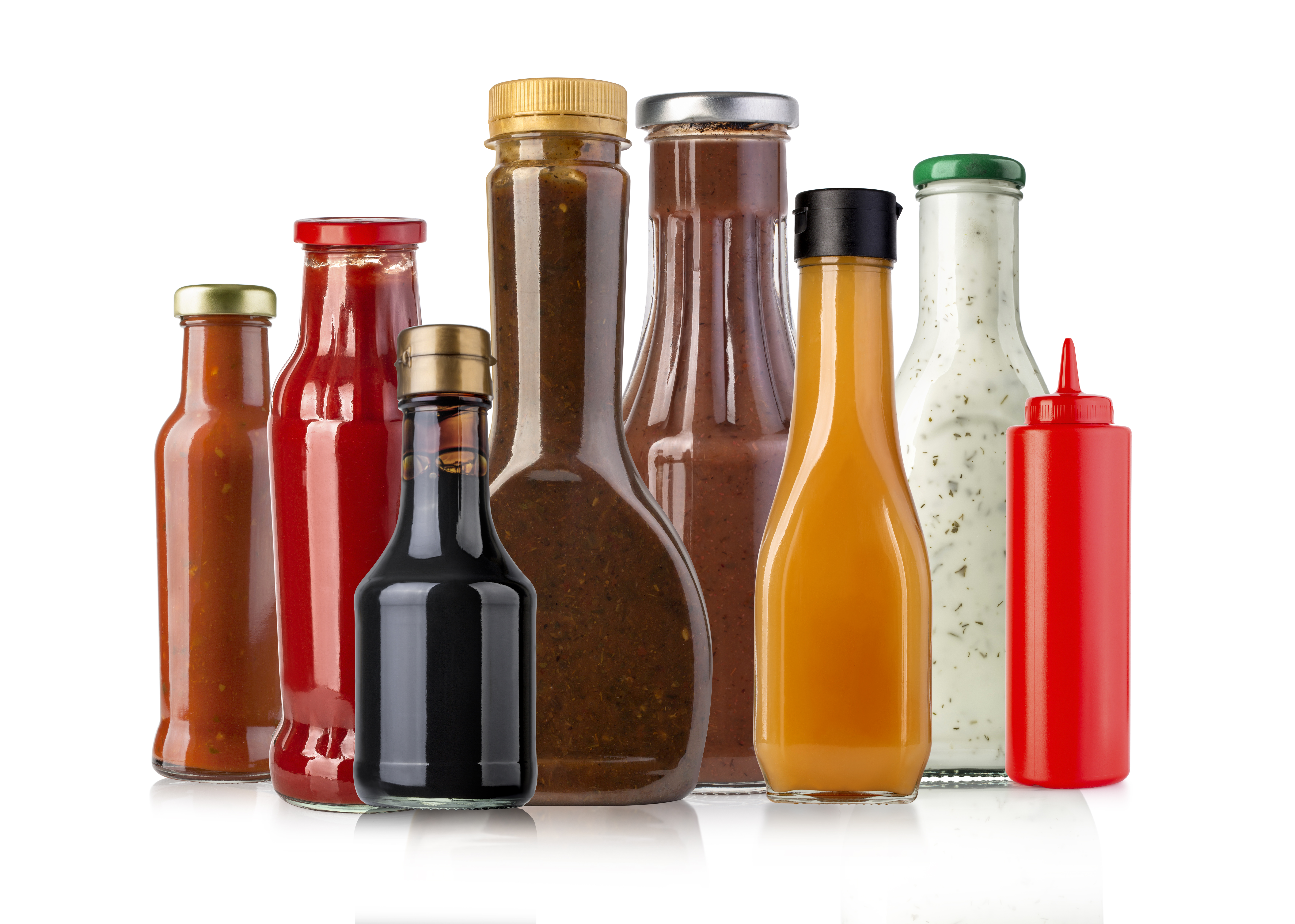
For companies that may offer a single product line that comes in multiple sizes, designing packaging for each size can be complex. Here at Paramount Global, we offer custom packaging and container design services that help you select packaging that fits the needs of your products. Instead of ordering individual packaging for each size, you may opt to create two or three packaging sizes that will accommodate any size for the specific product line.
Material Interactions
Brands must carefully consider how the packaging and product will interact with each other or the environment. For food products, organic-based products, or items that are caustic or corrosive, it’s important to prevent negative interactions that could damage the product or deteriorate the packaging. Two common challenges many food packaging industry brands face is migration and scalping.
Migration may happen when there is a physical or chemical transfer that occurs from the packaging to the item. Products, such as food, may absorb odors or flavors from the packaging. Scalping occurs when the food components are transferred into the packaging materials. This problem can increase the deterioration of the packaging and compromise its integrity.
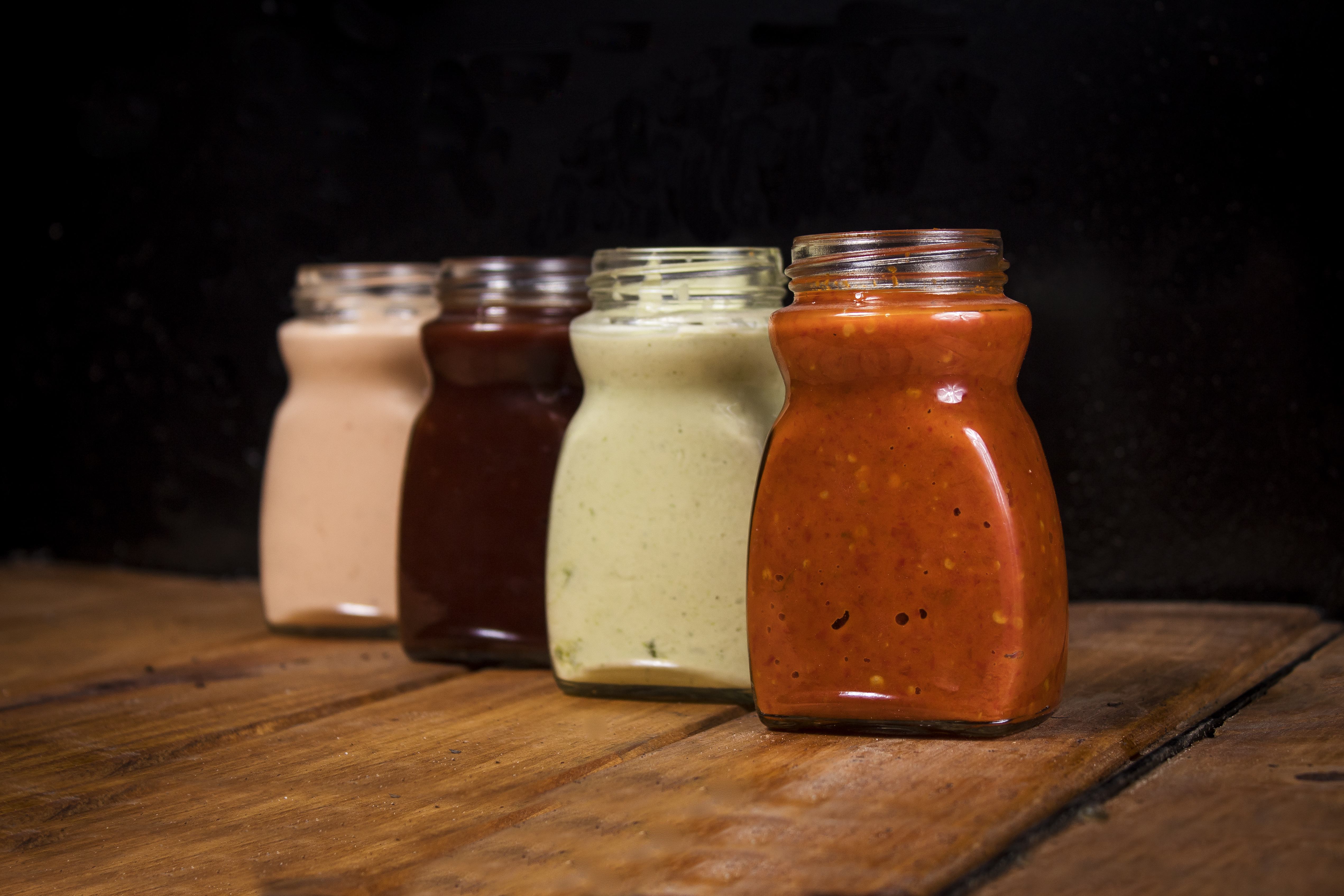
If you are looking to use metal materials as packaging, certain metals can become reactive to acidic foods or chemicals contained in cleaning products. Aluminum may leach into the product or may break down the container. Selecting a different metal material, such as steel or tin, or selecting a packaging with a lining within the aluminum can protect the product.
Product Weight
Products that are bulky and heavy can raise transportation and fuel costs. A shipping carrier may have a weight limit in place regarding the number of shipping packages it can handle. If the products and packaging exceed this weight limit, then the carrier may refuse the shipment. Other times, the carrier may charge additional shipping prices for the products due to the excessive weight, which may require extra handling and equipment to move them between vehicles and destinations.
When selecting certain materials for packaging, it’s important to consider if the packaging will protect the item without adding too much weight. Fiber, paper, and plastics are lighter alternatives for product packaging since they add minimal weight while still offering durability.
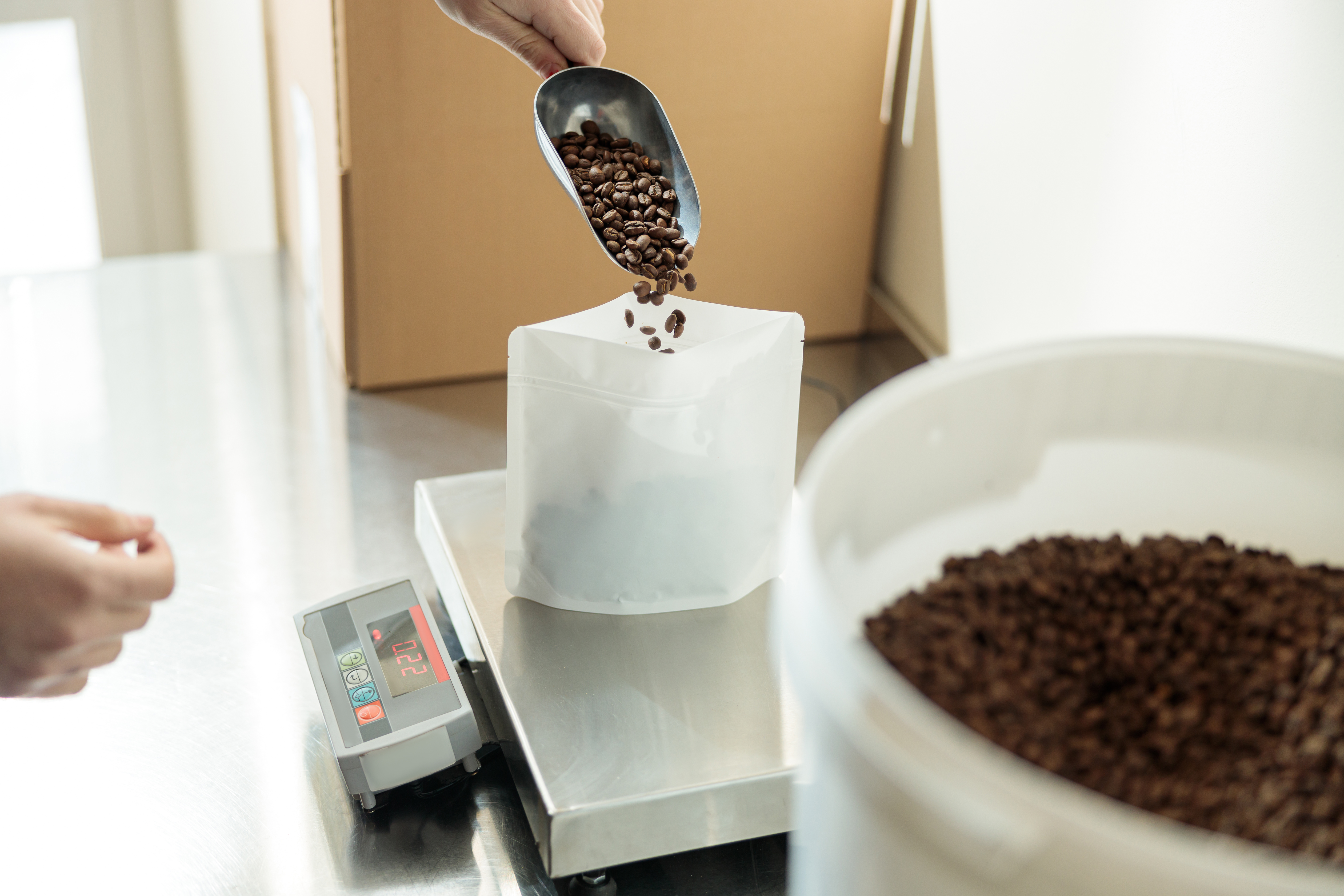
However, product quality should never be compromised. If a product is better suited in heavier packaging materials, such as glass or metal, then you may have to decide on another approach to shipping the items. Making the product quantity smaller, dividing up items that are normally shipped in bulk containers, or shipping products as smaller components that will require assembly at the destination can expand the range of packaging options that will fit your product while helping lower fuel and transport costs.
Product Design and Marketing
Another aspect to keep in mind when selecting the right packaging for your product may involve how you want to promote the item to customers. Packaging is a great tool for communicating to customers that your product is the best option they should purchase to fulfill their needs.
Clear types of packaging work well to help the customer see the complete product prior to purchasing. The visibility and transparency allow the customer to see product quality and can find the item more appealing. Glass and plastic materials are ideal solutions for this type of product marketing strategy.
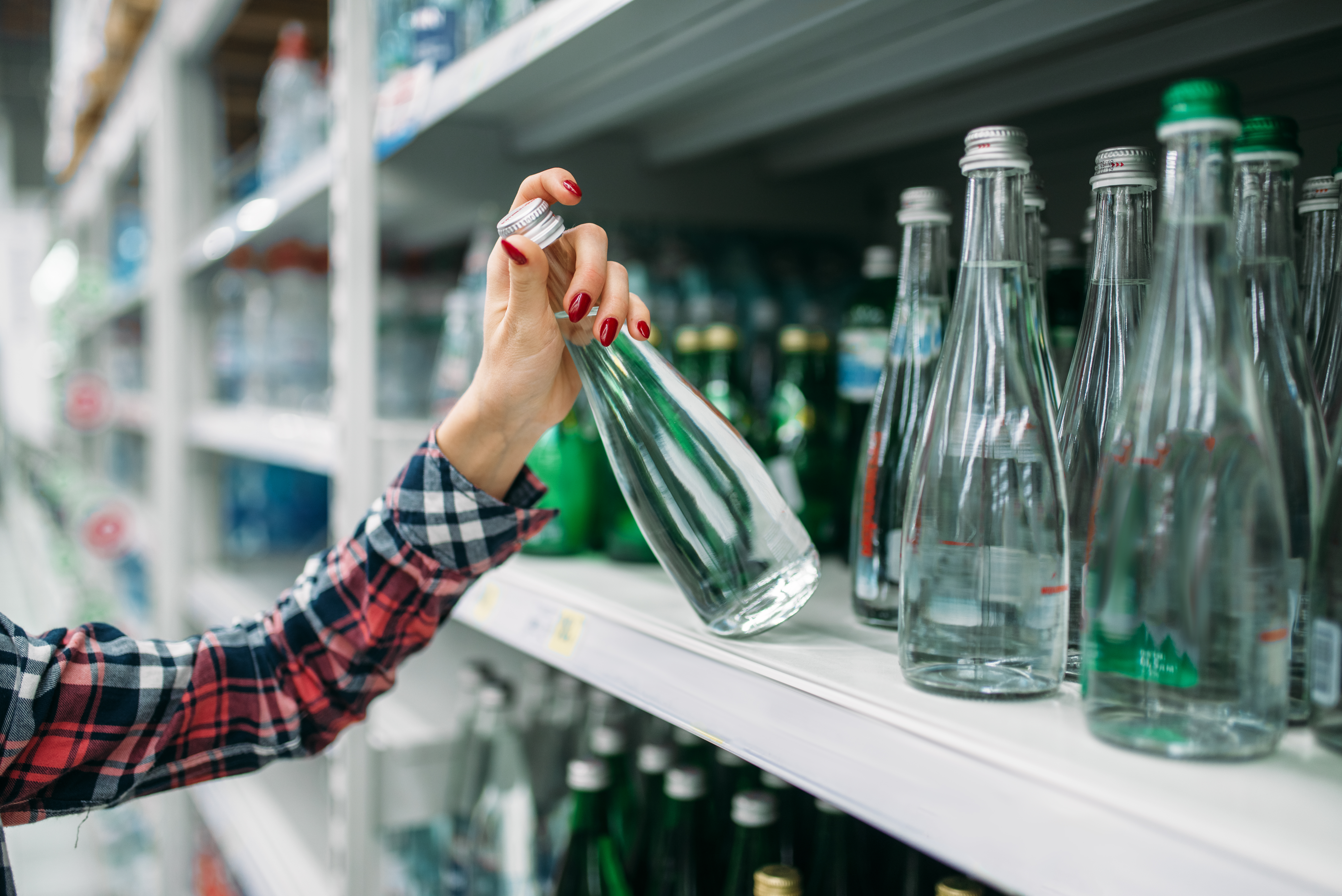
To enhance your product’s brand, you may want the packaging to create a certain emotion, such as surprise or interest. Some companies use customized packaging where the container material is molded into the actual shape of the item inside, or in a strange and fun way that makes it appealing. This type of packaging can help differentiate your product from other similar products made from other companies. With a unique shape or design, a customer’s attention may immediately be drawn to your product on the shelf and encourage them to choose yours over the other competing products.
Other options include selecting packaging that allows the branding to be printed directly onto the surface while also having the packaging be reusable. When the customer finishes with using your product, they can reuse the packaging to hold other items while constantly being reminded of your company brand and logo every time they see the packaging in the home. This type of brand messaging can help to remind customers to reorder your products continually.
Order Quantity
A factor that may not be initially considered when reviewing the best packaging option for your product is the order quantity. The selection of packaging available can rely on the quantity of containers you’re expecting to order. For new brands or for the launch of new products, it is difficult to determine initial quantities needed without knowing the success of the product. It’s ideal to start with a lower quantity or the minimum order quantity (MOQ) to test the product in the market then scale depending on its success. With a lower order quantity, your packaging options may be limited to stock shape containers already found in the industry. However, decoration can immensely help a stock container stand out from competitors on the shelf. For a truly unique packaging solution designed in a custom shape, colors and/or has unique features often have high MOQ’s that require a truckload minimum order.
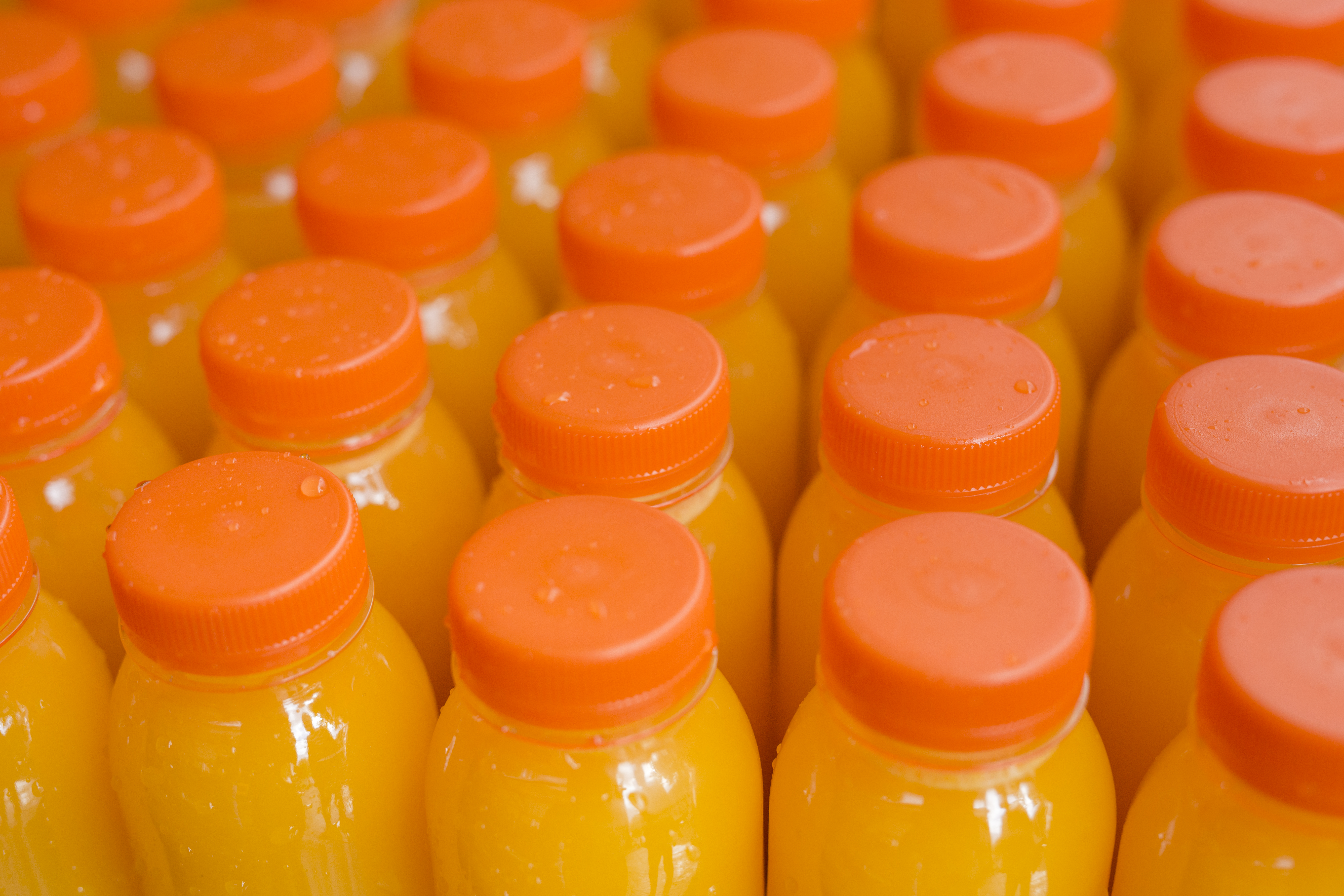
What is the minimum order quantity (MOQ) for stock packaging? MOQ’s are dependent on the style and size of the container you’re looking for. Minimums for stock packaging can be as few as one case or even unit pieces depending on the supplier.
Sustainability
The amount of packaging entering the environment, such as landfills and water sources, is enormous. Roughly 82.2 million tons of packaging and containers make up municipal solid waste, according to the EPA. Decreasing the amount of packaging that enters the environment is an increasing demand from consumers to brands.
With growing demands from consumers and legislation implemented globally to support these demands, sustainability has become a priority for many brands. How to meet sustainability goals with your packaging? You may decide that the product container is durable enough to withstand transportation without the need for additional exterior materials or create a refillable packaging system to reduce the need for new materials for returning buyers. These solutions help minimize the amount of extra packaging entering the environment while still achieving its core function of protecting and delivering the product to end users.
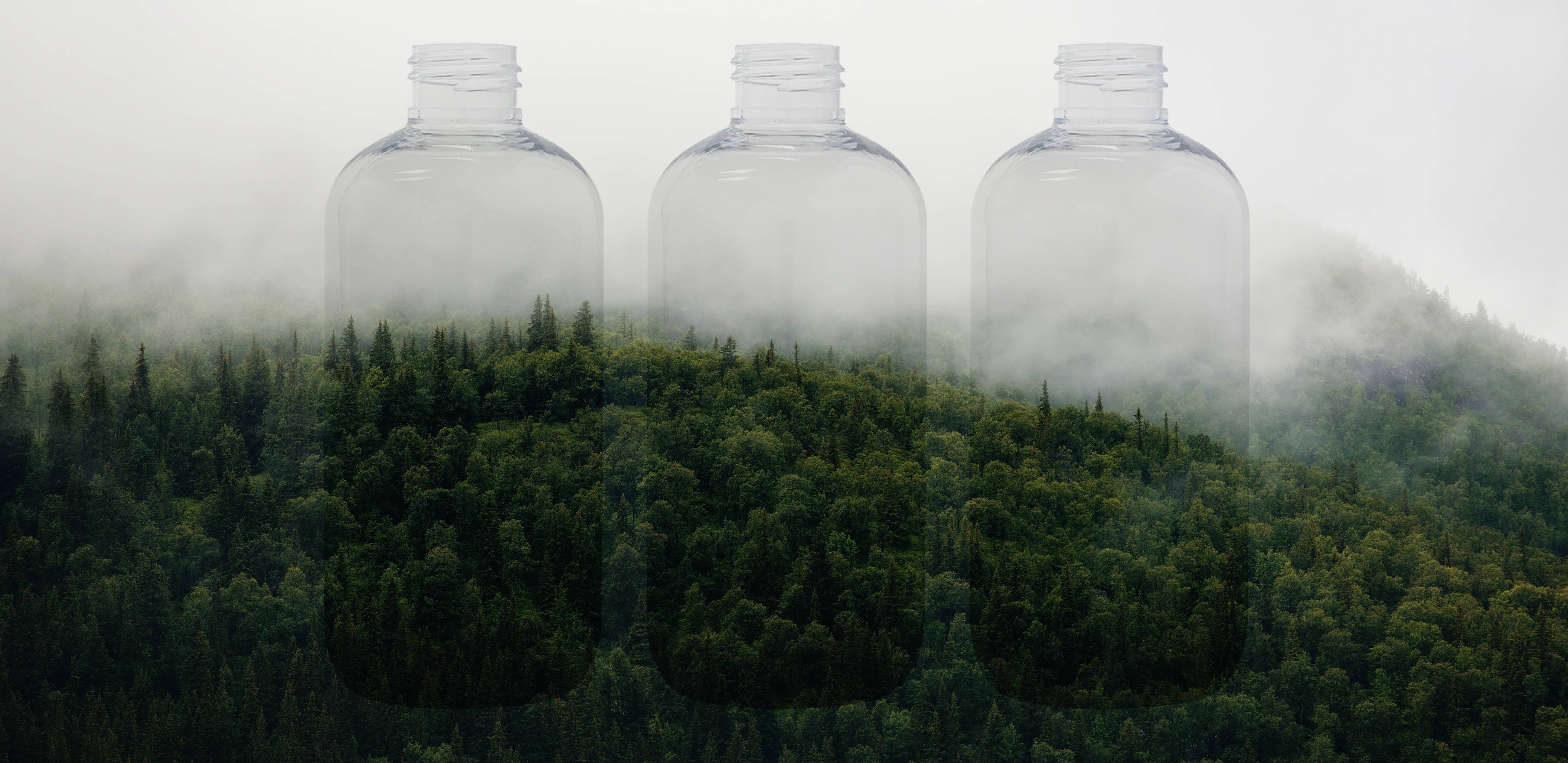
Getting Started
Even with all the above considerations with choosing your packaging, it’s important to thoroughly test your product with your packaging choice. At Paramount Global, we offer integrated packaging and supply chain solutions for companies in numerous industries. Our custom design services and team will work with you to help select a packaging material that aligns with your product as well as your budget. We also offer eco-friendly and sustainable packing for companies looking to lower their carbon footprint. We have packaging specialists ready to understand the unique goals of your business and provide a solution that best works for your needs. Learn more by contacting us today.
Hayley is a marketing professional and copywriter with a background in crafting content for a diverse range of industries. She has been writing about packaging and supply chain logistics for Paramount Global since 2022. She specializes in explaining complex topics in a clear and engaging way and is an advocate for sustainability in packaging and supply chain management.
Read More
For over forty years, Paramount has been delivering perfectly integrated packaging and supply chain solutions.
